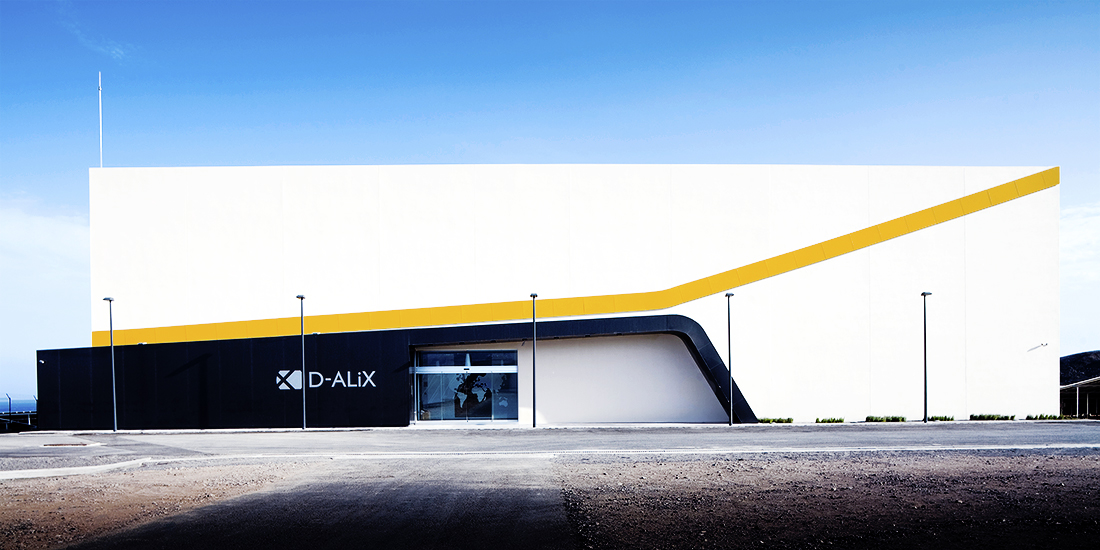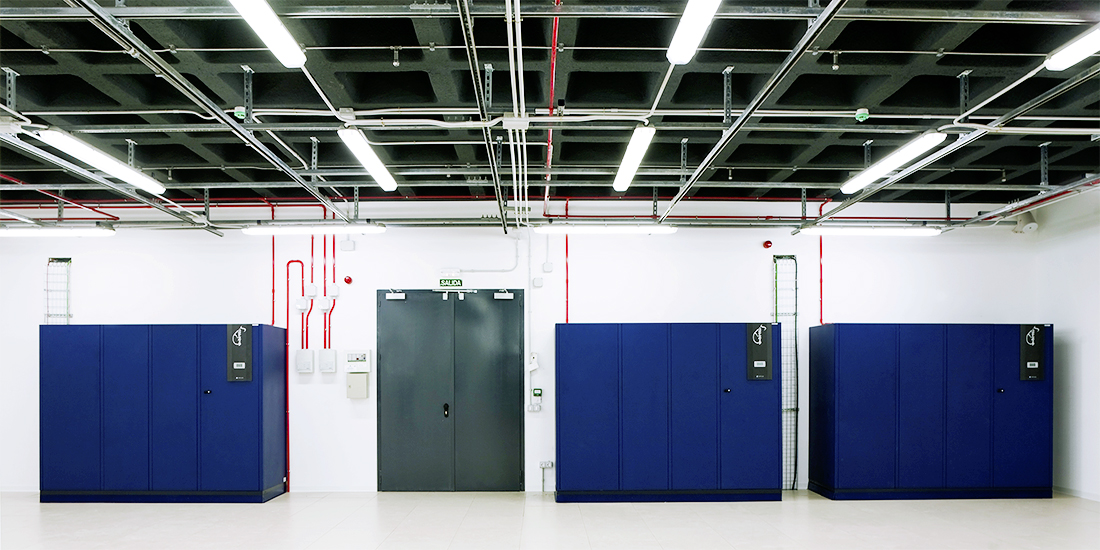Open-circuit low-enthalpy geothermal climate control system to optimise energy efficiency related to cooling the D-ALiX datacentre
Low-enthalpy geothermal energy applications are based on the subsoil’s capacity to store heat and to maintain throughout the year a significantly constant temperature at a depth of around 10-20m.
The technology developed to use renewably Low-enthalpy geothermal energy is the geothermal heat pump. This technology extracts heat from the subsoil to heat a fluid of high compressibility and low evaporation point, with the aim of warming a building in winter or, by reversing the process, transferring heat to the ground in summer, thereby cooling the building. Different heat pump systems are capable of economically extracting and using the heat contained in low-temperature bodies, such as the ground and shallow aquifers.
A direct application of the technology is therefore to improve the energy efficiency of the climate control system at ITER’s Datacentre.
This building has a complex back-up air conditioning system which, by balancing the main air flows, helps to ensure optimum temperature levels for the operation of the equipment.
In this context, this project is to install an open-circuit geothermal exchange system to operate in parallel with existing climate control equipment. The system will produce water refrigerated to the set temperature according to the needs of the Datacentre up to the system’s designed capacity. Demand that exceeds this threshold will be covered by existing refrigeration systems. This will achieve several objectives:
- An important reduction in electrical energy consumption and, consequently, also in operational costs, emissions and related energy use.
- A reduction in the frequency of refrigeration system compressors restarts, together with associated savings in maintenance and equipment replacement costs.
- Increased system redundancy.
The proposed solution entails building a water storage tank from which to supply the system, and an additional tank for the return circuit of the energy-saving process.
This action is included in the Strategic Framework for Insular Development (MEDI) 2016-2025.


